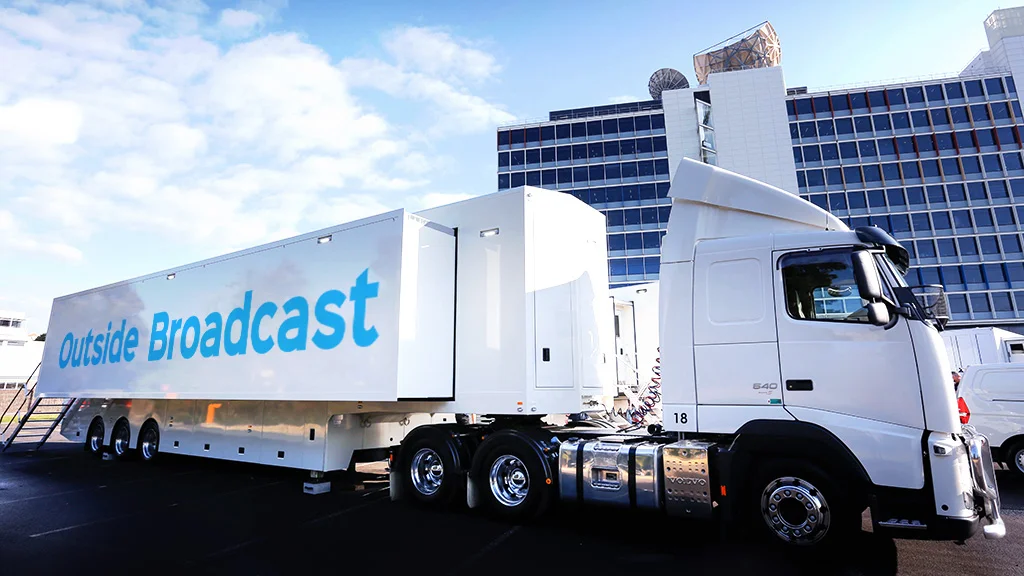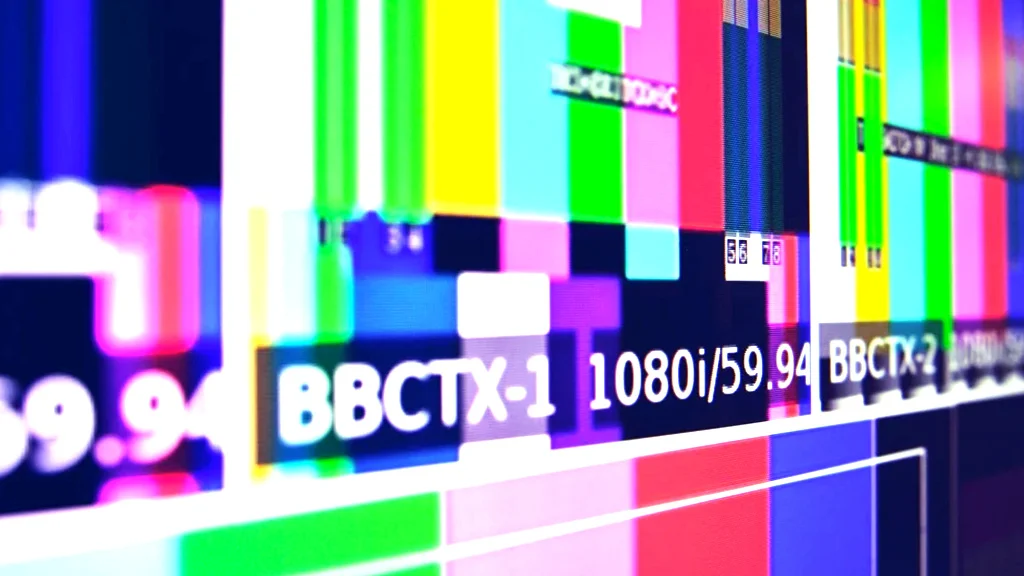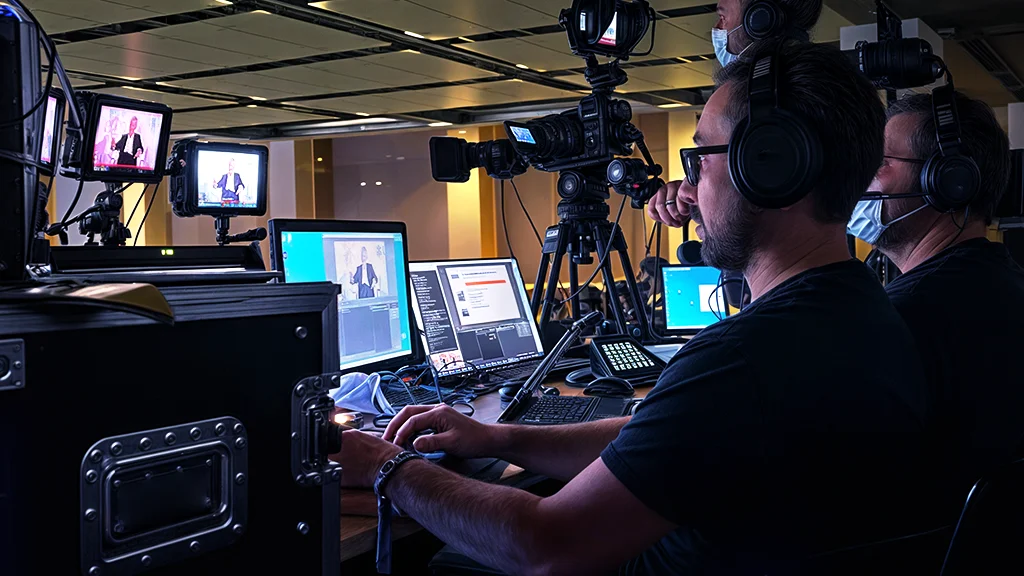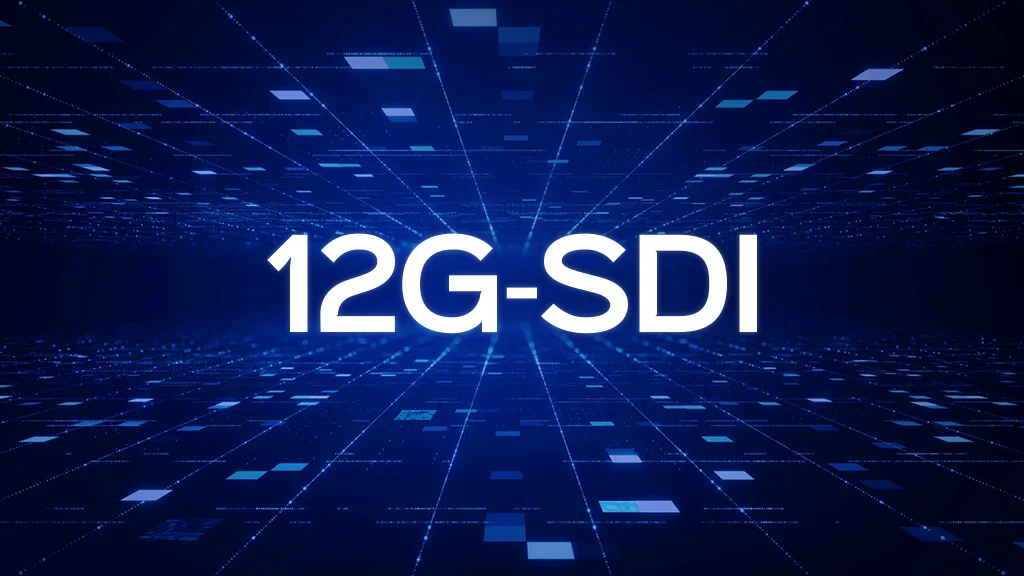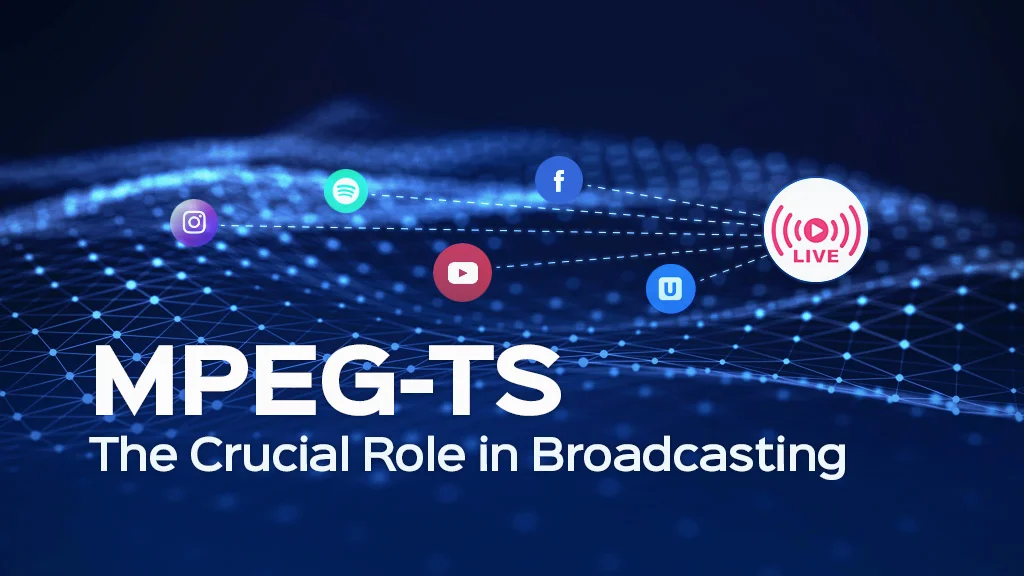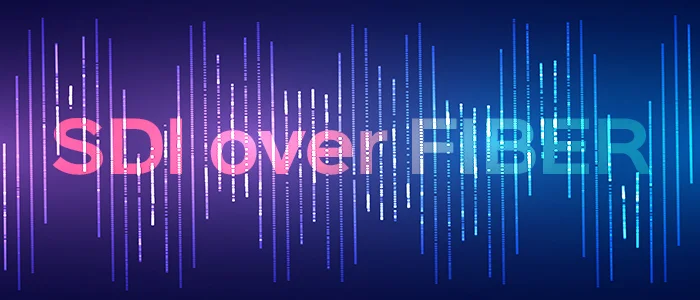
- Article
Fiber Optic Advantages in Broadcast
Introduction to Fiber Optics in Broadcasting
Fiber optics is widely used in live broadcast and Radio/TV production industry for transmitting AV signals without any minor quality loss
Historical Context and Technological Evolution
Since the innovation, Fiber Optics has still been an advanced medium for communication and data transmission. It utilizes pulses of light over strands of fiber made of glass or plastic over long distances to transfer information. So far, Fiber Optics technology has been widely used in various industries, such as telecommunications, broadcast, media, and communication due to its significant advantages.
Early Adoption in TV Production
The first use of fiber optics for transmitting TV production signals dates back to more than 40 years ago during the Winter Olympic Games. Since then and due to its reliability and diverse functionalities, fiber optics use, especially in TV production and the live broadcast industry, has considerably increased.
Challenges with Traditional Copper Cables
On the other hand, the limited free space in studios and control rooms, coupled with the bulky and heavy nature of copper cables, has led to the technology adoption.
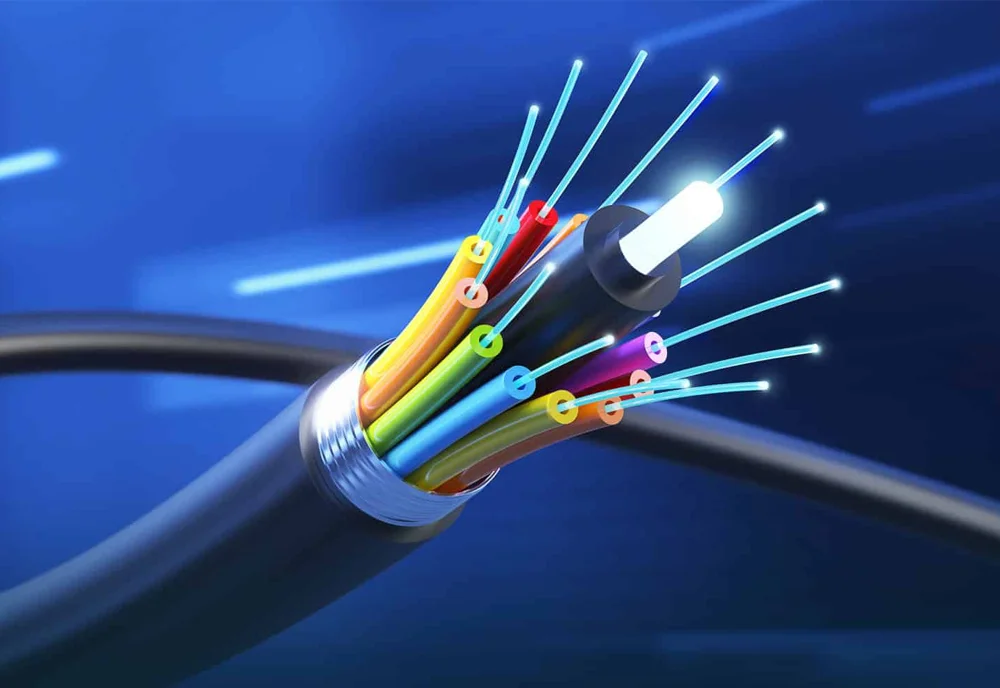
Fiber Optics Advantages Over Copper Cables
The more studio and broadcast cameras and AV signals get improved in quality and resolution, the higher bandwidths for signal transmission and contribution are needed. In this situation, fiber optic signal can provide wider bandwidths regarding its higher frequency which in turn leads to much less noise interference than in copper cables. Besides, when using pure glass in fiber strands, optical signals do not experience distortion or noise over long distances.
Security and Interference Resistance
In copper cables, signals can be intercepted through induced length, whereas in fiber optics, pulses cannot slip away from the cable and are not affected by environmental factors such as electric and magnetic fields. Higher costs and scarcity of resources for manufacturing copper cables are among the drawbacks of using them.
Bandwidth and Signal Quality in Broadcasts
Fiber optics is widely used in live broadcast and Radio/TV production industry for transmitting AV signals without any minor quality loss. Analog televisions require a bandwidth of more than 5MHz, while digital and HDTV televisions have bit rates exceeding 3Gb/s. In this situation, copper cable, coverage is limited to only 100 meters.
Versatility in Analog and Digital Transmission
Above all, fiber optics equipment allows for transmissions of a combination of analog and digital signals. This capability is essential for studios that have both analog and digital equipment. Another important aspect of fiber optics is the transmission of multiple audio and video channels with different wavelengths on a single fiber optic using optical multiplexer ( CWDM multiplexer ). So, it is possible to transmit a large number of video channels over a single fiber optic link. This leads to a significant cost reduction. Equipment for transmitting audio, video, and data over IP or Ethernet, requires compression and very high bandwidths. In many similar situations, we can replace Over-Fiber for large data transmission without compression or various encoding processes.
It simplifies signal contribution infrastructures, and reduces the cost of complex components,
Read also :
About CWDM Technology
Samim SDI Over Fiber Solutions
Samim SDI over Fiber solution , consists of four cards EOS-3901, EOD-3902, OES-3903, and OED-3904, which have the capability of converting 3G/HD/SD-SDI/ASI electrical signals to optical signals in both single-channel and dual-channel modes. Important features of these products include signal re-clocking, jitter elimination, cable loss compensation, and …
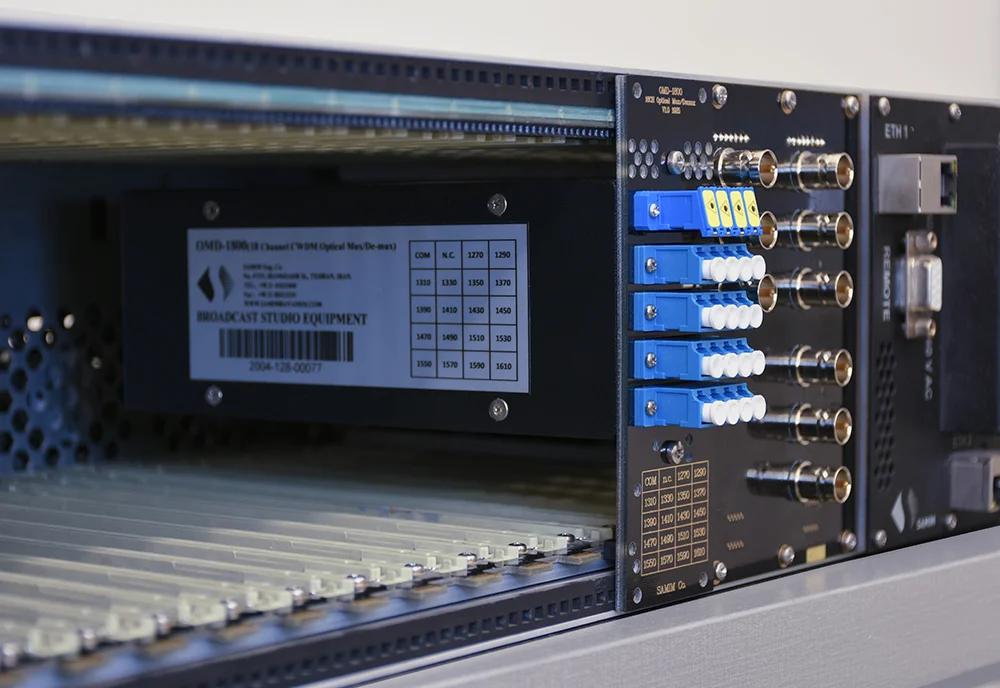
Management and Control Features
Moreover, the management and control of all the cards is possible through a web-based user interface. allows for controlling, monitoring, and configuring the technical settings and equipment’s overall status.
In case of updates or changes made by Samim’s designers, users can remotely update or upgrade the product by downloading the update file from Samim’s website.
OMD-1800 Remux: Combining and Splitting Signals
Another important product in Samim SDI over Fiber OMD-1800 Remux. It is a CWDM module, capable of combining 18 signals with different wavelengths into a single fiber optic link. It can also split 18 different fiber optic channels into 18 separate signals. Therefore, by covering multiple signals over one single fiber optic link, additional costs are reduced.
